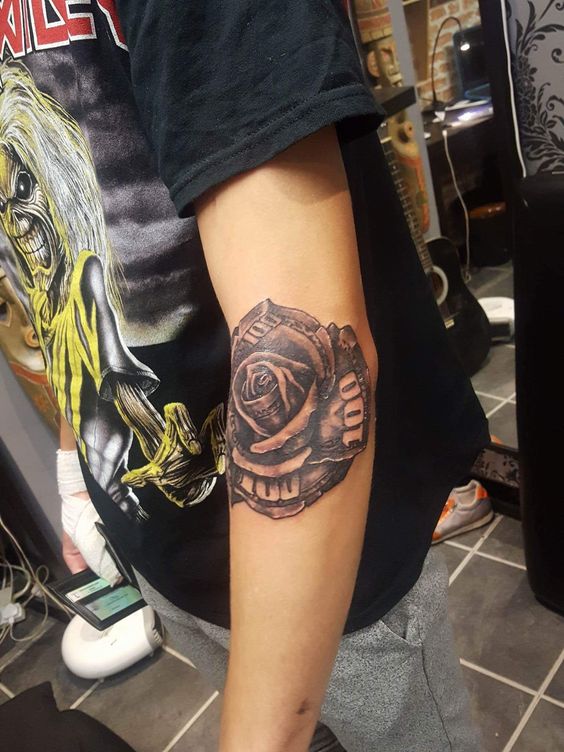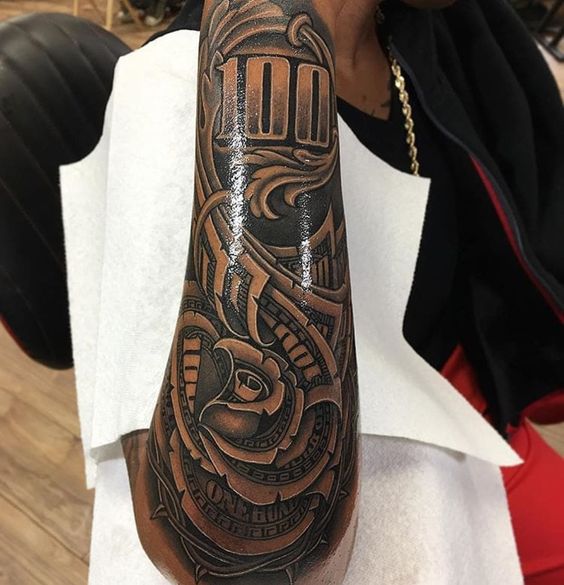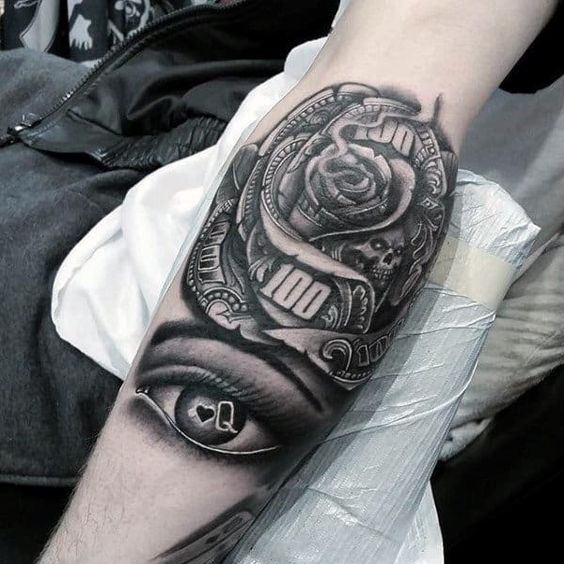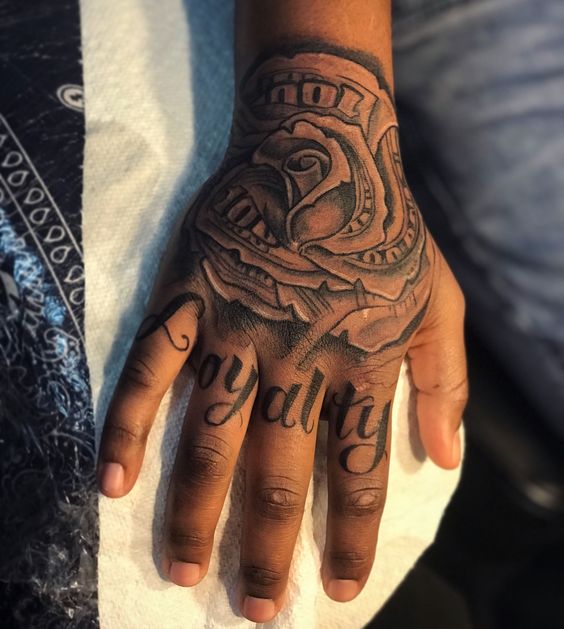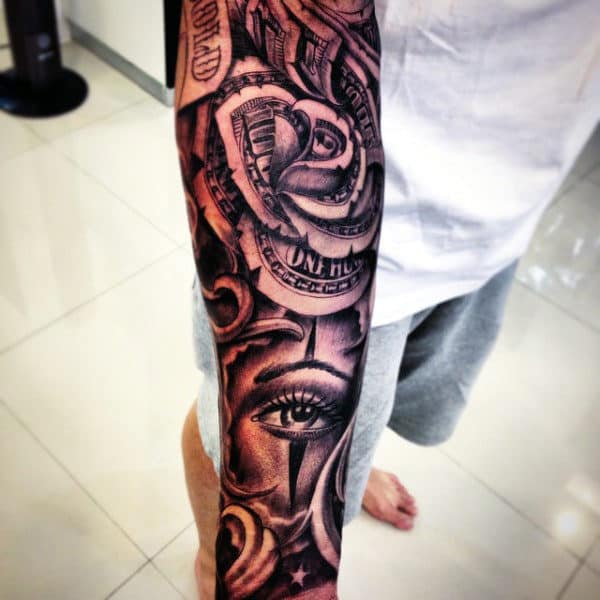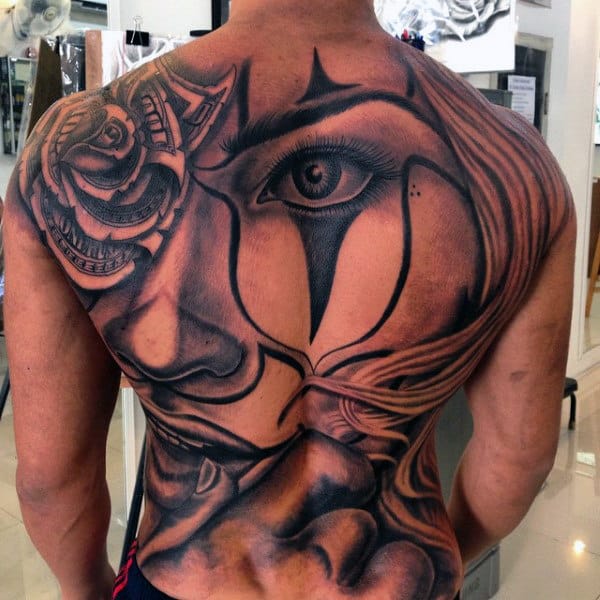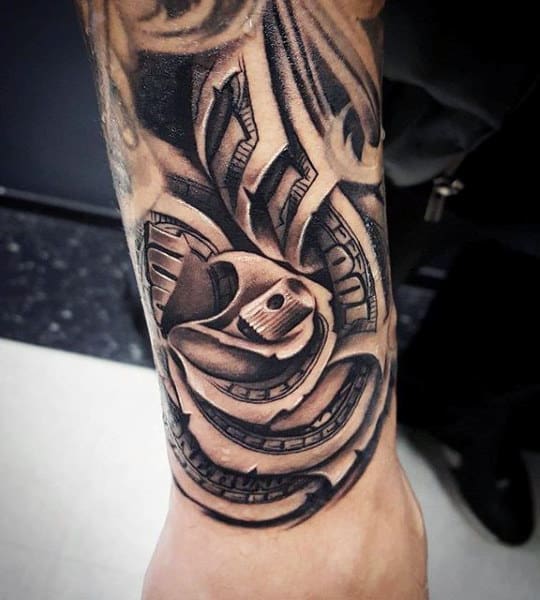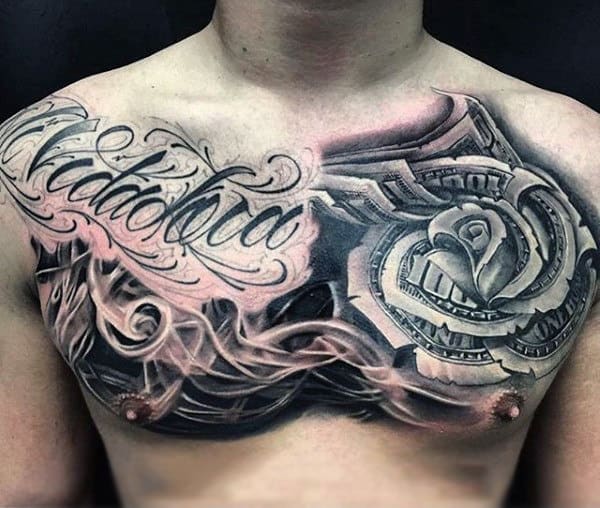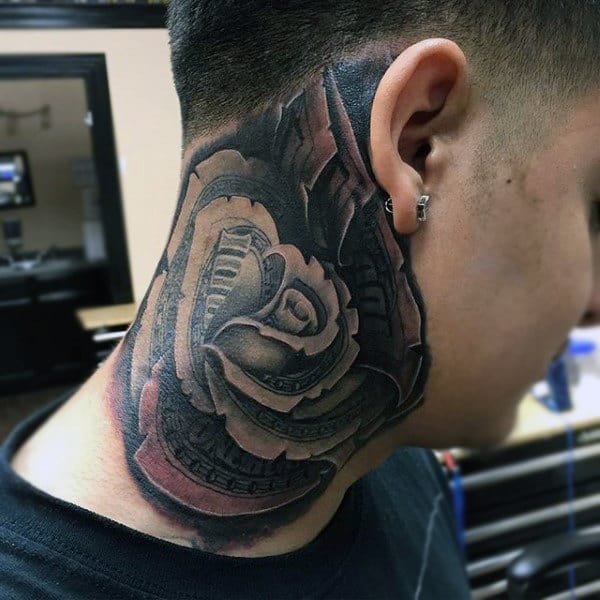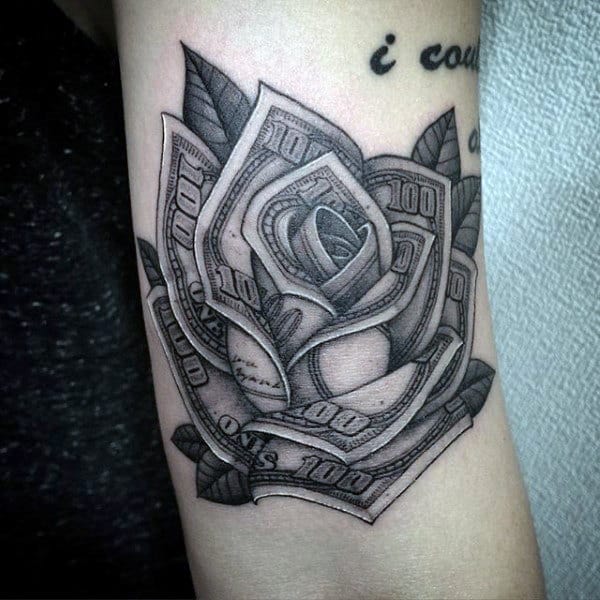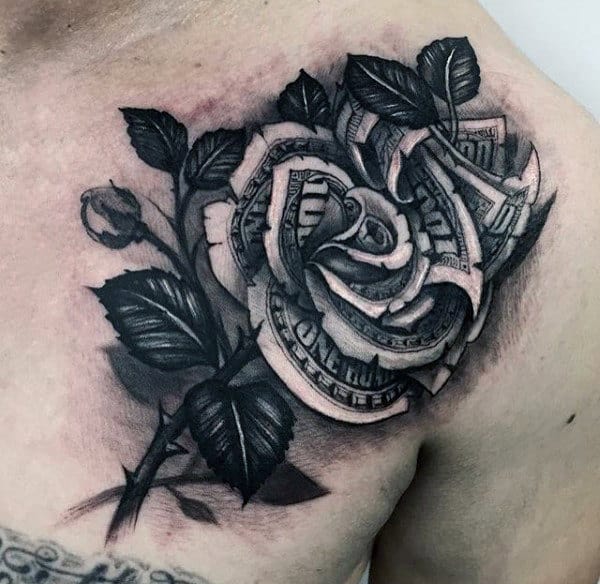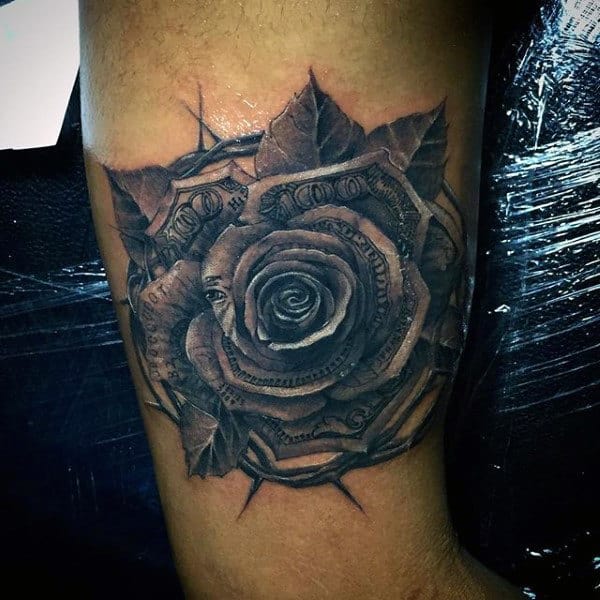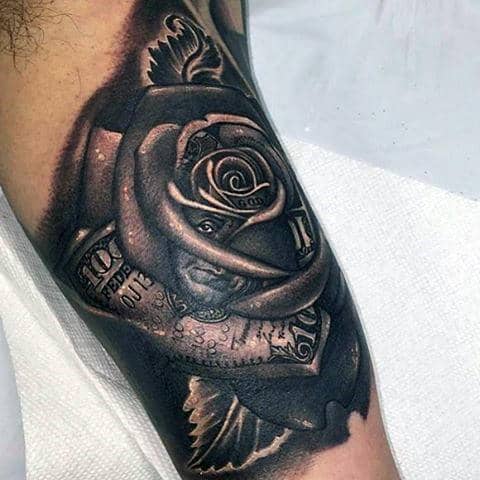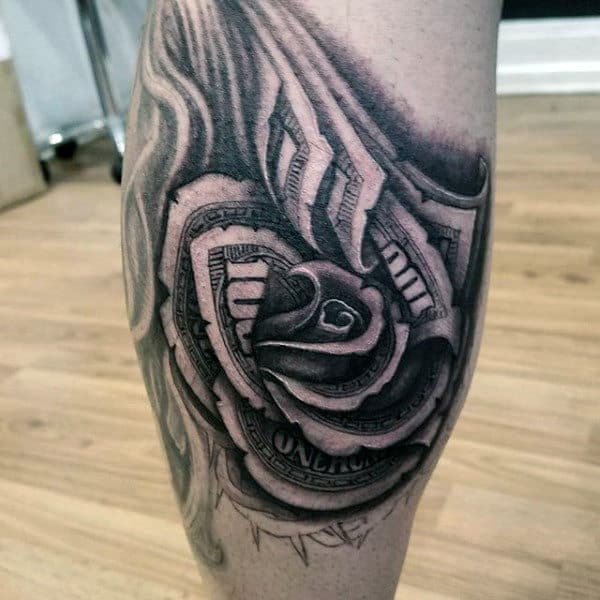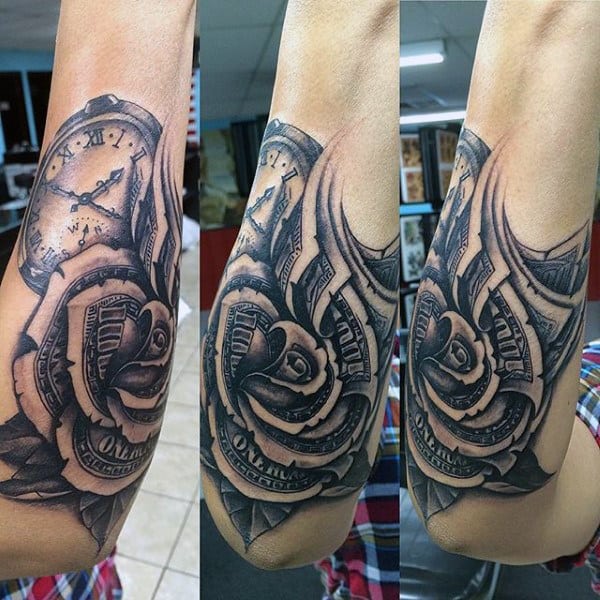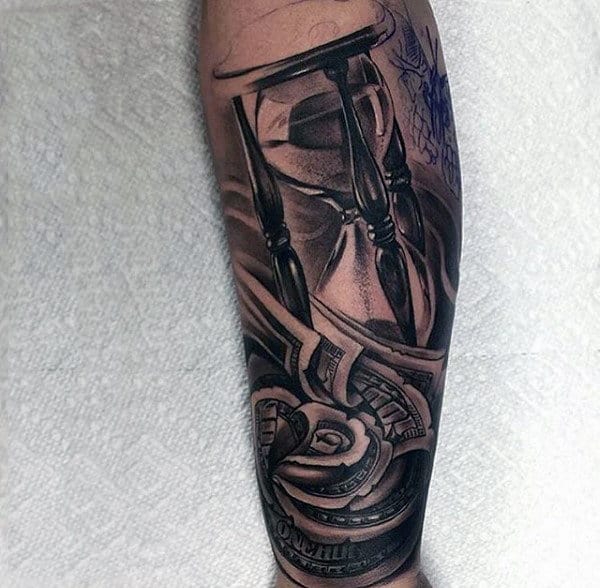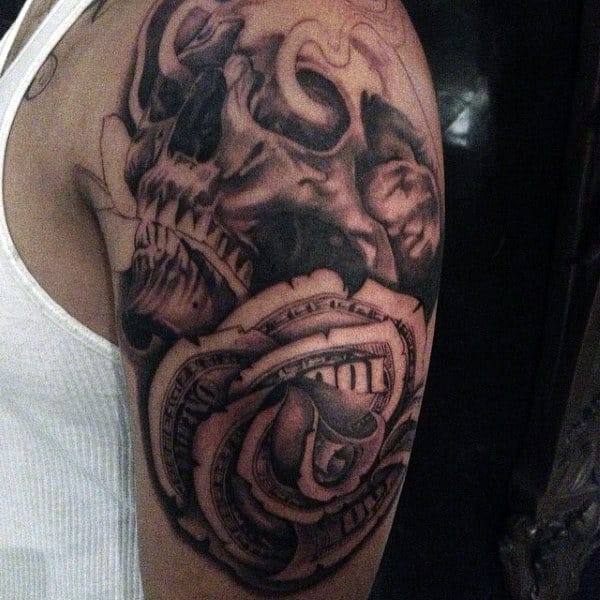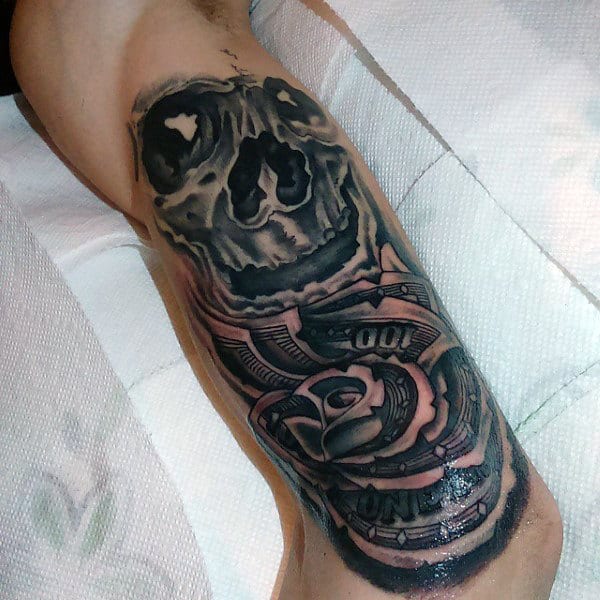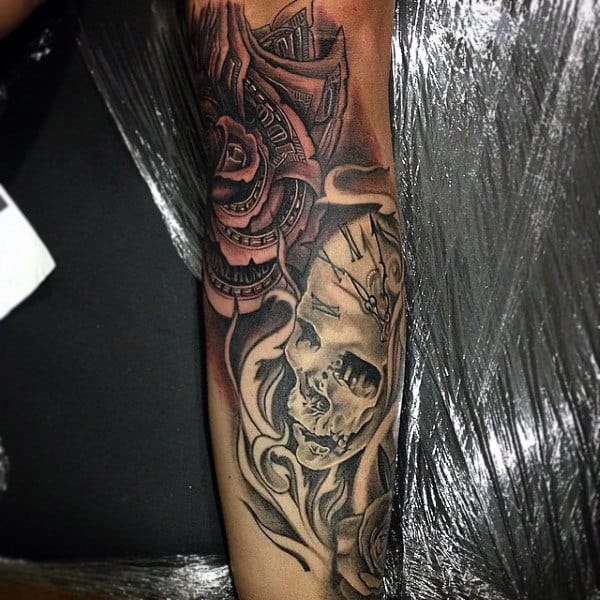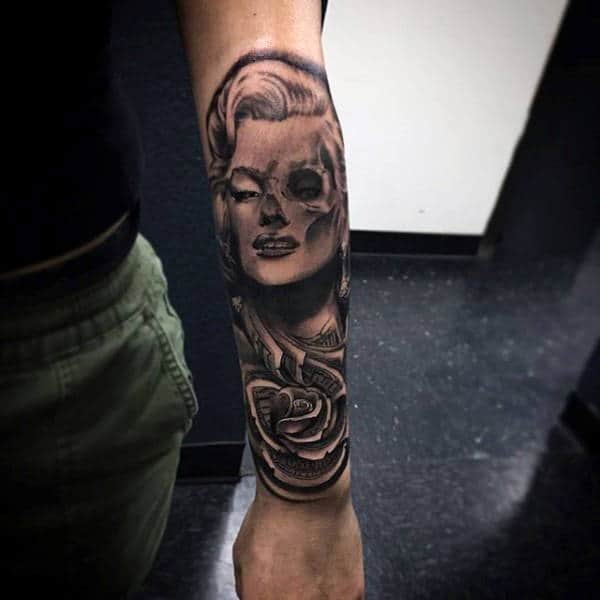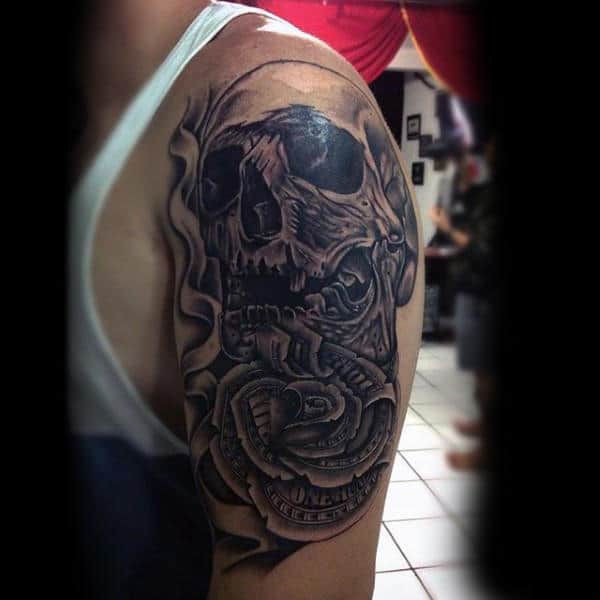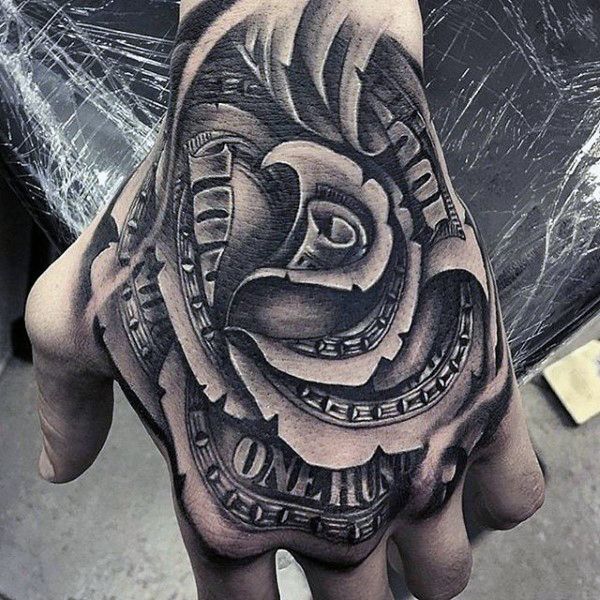Getting a tattoo can be an exciting experience, but it can also be quite painful. Many people who want to get tattoos may be deterred due to the pain involved in the process. Fortunately, numbing creams have become a popular option for those who want to reduce the pain associated with getting inked. But does numbing cream work for tattoos? Join us to find out answer for this question
How Does Numbing Cream Work?
Numbing creams, also known as topical anesthetics, work by blocking the nerve endings that send pain signals to the brain. The active ingredient in most numbing creams is lidocaine, which is a type of local anesthesia that has been used in medical procedures for many years.
When applied to the skin, numbing cream penetrates through the outer layer of the skin, or the epidermis, and reaches the deeper layers where the pain receptors are present. Once the cream begins to work, you may feel a tingling or cooling sensation in the area, followed by numbness.
How Effective Is Numbing Cream for Tattoos?
The effectiveness of numbing creams for tattoos varies from person to person. Some individuals may find that the cream works well and reduces the pain significantly, while others may experience little to no effect. The effectiveness of the cream can also depend on factors such as the size and location of the tattoo, the individual’s pain threshold, and the concentration of lidocaine in the cream.
In fact, even if a numbing cream works well, it may not completely eliminate the pain associated with getting a tattoo. It is still possible to experience some discomfort during the process, but the pain should be significantly reduced.
Are There Any Risks or Side Effects?
While numbing creams are generally considered safe, they do come with some potential risks and side effects. The most common side effect is skin irritation, which can include redness, itching, or a burning sensation. In rare cases, an allergic reaction may occur, which can cause swelling, hives, or difficulty breathing.
If you have a history of allergies or sensitive skin, don’t forget to test the cream on a small patch of skin before applying it to a larger area. It is also important to follow the instructions provided with the cream carefully to avoid overuse or misuse.
How Should Numbing Cream Be Applied?
To use numbing cream for tattoos, you should begin by cleaning the area where the tattoo will be applied. Next, apply a thick layer of the cream to the area and cover it with plastic wrap to allow the cream to absorb into the skin.
The amount of time needed for the cream to take effect can vary, but it typically takes between 20 to 45 minutes. Once the cream has taken effect, remove the plastic wrap and wipe away any excess cream before beginning the tattooing process.
Are There Any Alternatives to Numbing Creams?
If you are looking for alternatives to numbing creams, there are a few other options available. One option is to take an over-the-counter pain reliever such as ibuprofen or acetaminophen before the tattooing process. This can help to reduce pain and inflammation.
Another alternative is to ask your tattoo artist about using a cooling spray during the process. Cooling sprays work by numbing the skin through rapid evaporation, providing temporary relief from pain and discomfort.
Final Thoughts
Numbing creams can be an effective way to reduce the pain associated with getting a tattoo. But, keep in mind that the effectiveness of the cream can vary from person to person, and there are some potential risks and side effects to consider. If you are considering using numbing cream for your tattoo, be sure to speak with your tattoo artist and follow the instructions carefully to ensure a safe and comfortable experience.
FAQ
- Can numbing cream be used for all types of tattoos? Yes, numbing cream can be used for any type of tattoo regardless of size or design. However, some areas of the body may be more sensitive than others and may require a stronger concentration of lidocaine.
- How long does the effect of numbing cream last? The length of time that the numbing effect lasts can vary depending on the individual and the concentration of lidocaine in the cream. On average, the effect can last anywhere from 30 minutes to two hours.
- Can numbing cream be used on broken skin or open wounds? No, numbing cream should not be used on broken skin or open wounds as it can increase the risk of infection and may cause further damage to the skin.
- Is it safe to use numbing cream during pregnancy? While numbing creams have not been shown to have harmful effects on pregnancy, it is always recommended to consult with a healthcare provider before using any medication or topical cream during pregnancy.
- Can you buy numbing cream over-the-counter? Yes, some types of numbing creams can be purchased over-the-counter at drugstores or online. Yet, you should read the label and instructions carefully before use, and to ensure that the cream is from a reputable source.
